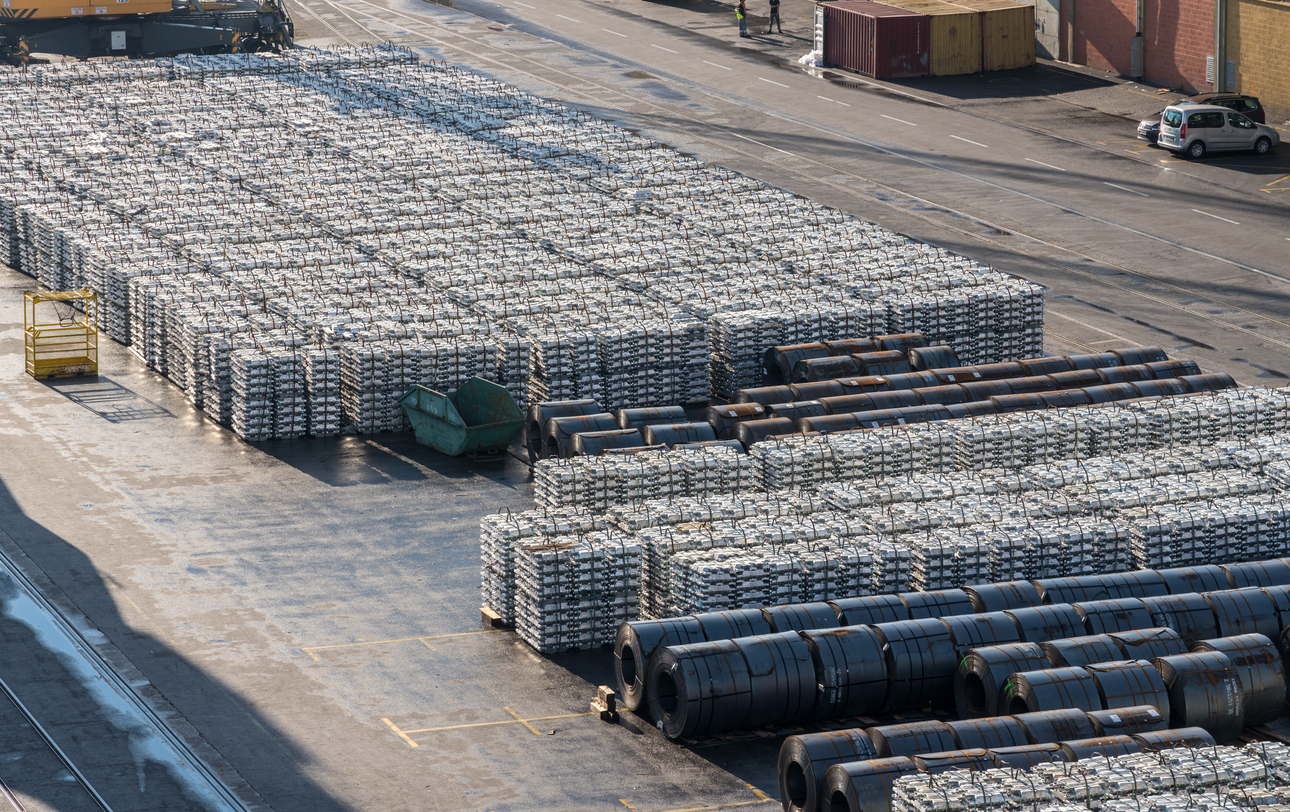After a decade of stable or rising prices, several minerals and metals prices have recently experienced sharp declines. This is especially true for critical minerals for the energy transition, raising concerns about how price declines will affect the revenues of mineral-rich countries. For example, the prices of aluminum, cobalt, copper, lithium, manganese, nickel, and platinum have all seen significant price declines recently.
These price drops are largely the result of significant increases in supply relative to the pace of demand growth, particularly at the processing stage of the value chain.
The severity of the price drops has prompted several mining companies to cut costs by slowing down or suspending production—and even consider shutting down mines in some cases. The prospect of a sector slowdown is putting significant pressure on mineral-rich governments to react. For example, due to the drop in nickel prices, the Government of Western Australia recently offered a 50% rebate on royalties paid on nickel sales from March 2024 to June 2025 under its Nickel Financial Assistance Program.
Recent critical mineral price declines
Mineral product | Recent high USD (date) | Recent low USD (date) | Decline % |
|---|---|---|---|
Aluminum | 3,498.37 per tonne | -1,318.92 | -37.7% |
Cobalt | 81,790.38 per tonne | -53,519.33 | -65.4% |
Copper | 10,230.89 per tonne | -1,925.94 | -18.8% |
Lithium | 490,008.18 per tonne | -253,682.82 | –51.8% |
Manganese | 7,507.14 per tonne | -5,498.81 | -73.2% |
Nickel | 33,924 per tonne | -17,585.71 | -51.8% |
Platinum | 1,212.10 per troy oz. | -317.81 | -26.2% |
| Source: IMF Commodity Prices | |||
It is well understood that mineral commodity markets are cyclical, and mining countries should expect continued volatility alongside opportunities to increase revenues from critical minerals as the energy transition unfolds. Accordingly, governments should consider measures to avoid the need for reactive policy making, which raises the risk of overcorrection in either direction. For instance, in times of high prices, they could react too aggressively when prices and profitability come down, thus requiring the government to respond once again by adjusting taxes downward. This kind of ad hoc policy making should be avoided, as it causes uncertainty for investors and other stakeholders.
Responsive fiscal policy tools can maintain a balance between revenue collection in an upswing and relief for operators and investors in a downturn. A variable rate royalty (or variable royalty) is a responsive fiscal policy tool that can maintain a balance between revenue collection when prices are high and offer relief for operators and investors in a downturn. Unlike a fixed-rate royalty, a variable royalty rises and falls with changes in price or profitability. It offers distinct advantages: namely, it
- brings governments a fairer share of financial benefits by ensuring that they capture more revenue during periods of high mineral prices;
- protects companies from downfalls by automatically providing relief to operators when mineral prices plummet, thus fostering a more stable and predictable revenue stream; and
- aligns interests, if properly designed, by incentivizing companies to keep costs down and avoid inflating costs to offset tax payable.
Variable royalties are not without drawbacks. For example, they can be complex to design and administer and require robust mechanisms for tracking mineral prices and calculating royalty rates. This could potentially increase administrative costs for both governments and mining companies.
Careful design and implementation of these variable royalties could prove worthwhile for many countries, especially as mineral price volatility is likely to increase in the energy transition. There are valuable lessons that can be drawn from countries that already administer variable royalties (such as Chile, Core d’Ivoire, Mongolia, Peru, South Africa, and Zambia). These lessons include the importance of clearly defining and communicating the policy, ensuring the measure is designed to fit unique circumstances, and carefully calibrating variable rates to both protect investments and mitigate revenue risks from tax base erosion and profit shifting. The Intergovernmental Forum on Mining, Minerals, Metals and Sustainable Development (IGF) recently supported Argentina in using financial modelling to carefully design a new alternative export levy for copper exports that rises and falls in response to changes in copper prices.
Variable royalty is one of several tools available to manage mineral price volatility and achieve better outcomes for mining countries. It is the focus of Chapter 9 in The Future of Resource Taxation: 10 Policy Ideas to Mobilize Mining Revenues, a handbook for policy-makers published by the IGF and the African Tax Administration Forum.

